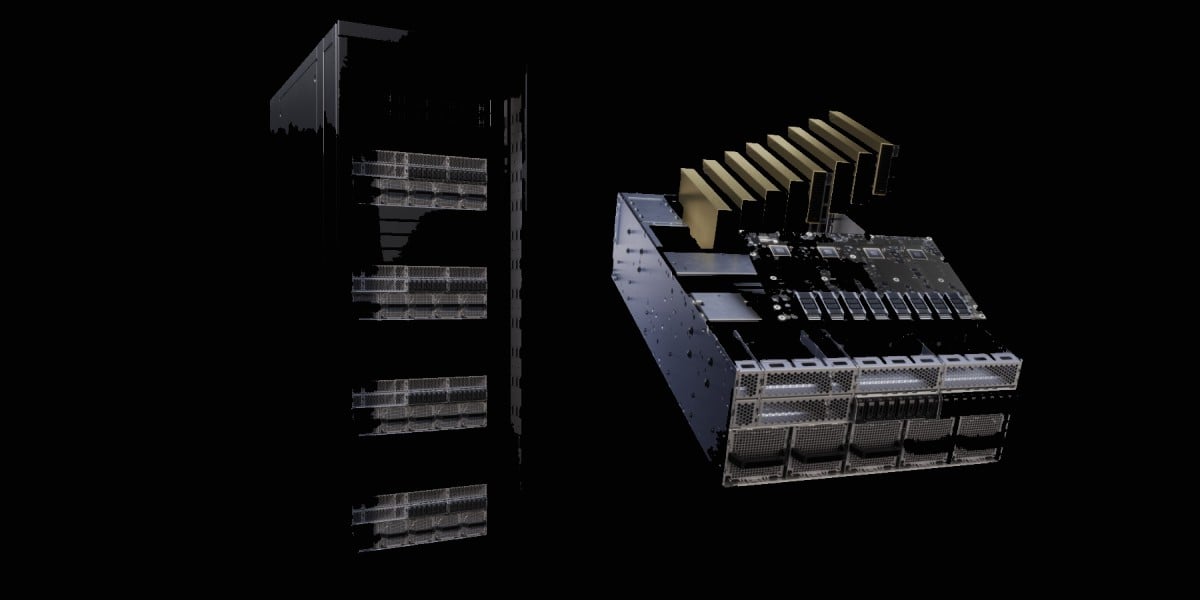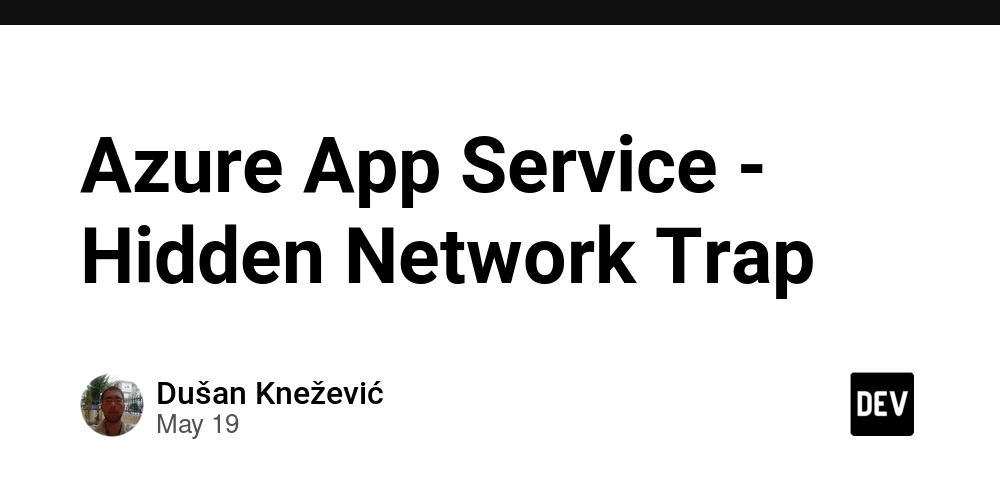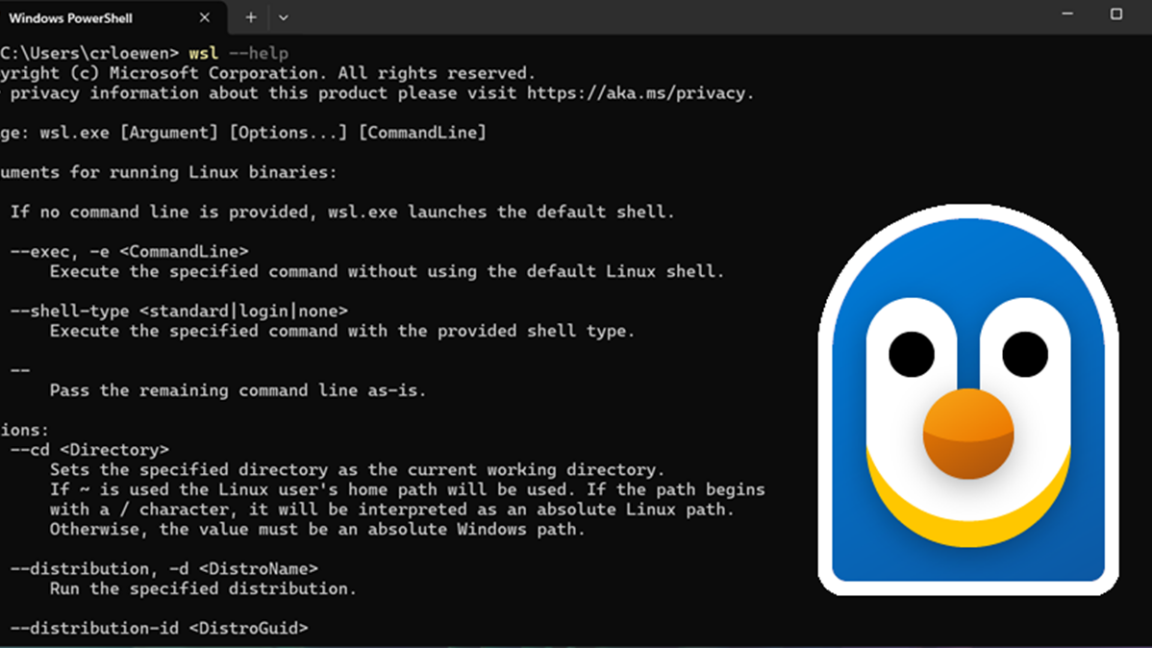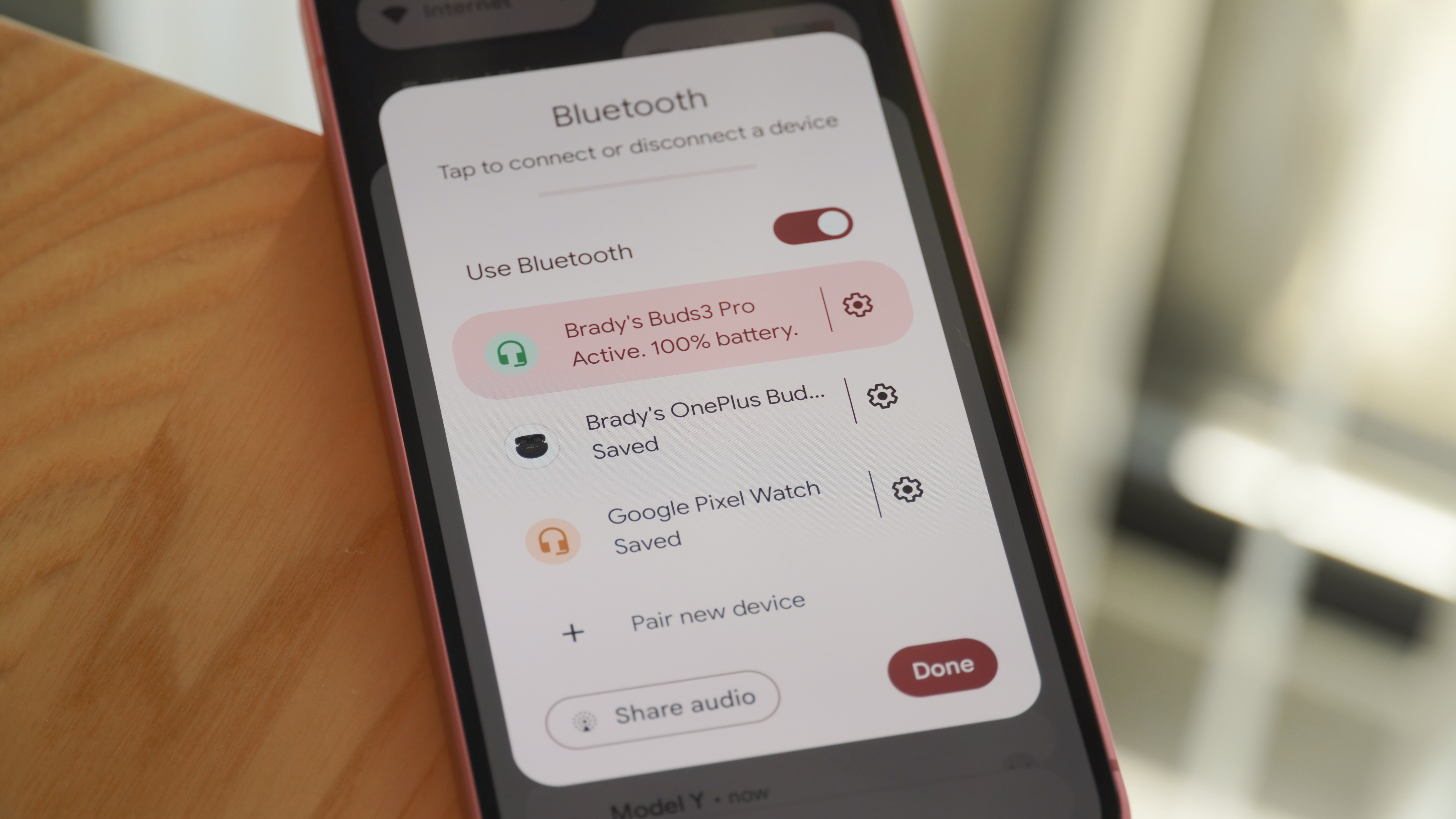Understanding Section 133(6): How to Respond to Income Tax Notices Effectively
Receiving a notice from the Income Tax Department can feel overwhelming—especially when it comes under Section 133(6) of the Income Tax Act. But before you panic, take a deep breath. This provision is not a penalty or a final verdict, but rather a request for information that can be easily handled with the right approach.
In this article, we'll break down what Section 133(6) is all about, how to respond to it effectively, and how modern tools like Jethanica are being used to trigger such notices. So, let’s dive in and decode the mystery behind these official communications.
What is Section 133(6) of the Income Tax Act?
Section 133(6) gives Income Tax authorities the power to call for information from any person, whether they are a taxpayer (assessee) or not. It is primarily used during scrutiny assessments or investigations to gather financial data that helps in verifying tax compliance.
Unlike other sections, this one allows officials to reach out to third parties like banks, employers, or even business associates to collect information related to an assessee.
Why Did You Receive a Notice Under Section 133(6)?
Here’s why you might be in the spotlight:
-
Large or suspicious bank transactions
-
High-value property purchases or sales
-
Mismatch in reported income
-
Interest income that doesn’t match Form 26AS
-
Data flagged by tools like Jethanica (we’ll get to that in a minute)
Essentially, the department is trying to cross-verify information to ensure everything adds up.
Common Types of Information Requested
The notice under Section 133(6) may ask you to furnish:
-
Bank account statements
-
Income sources
-
Credit card bills
-
Property transaction documents
-
Details of loans given or received
-
Investment proofs (shares, mutual funds, FDs)
How to Respond to a Section 133(6) Notice Effectively
Step 1: Don’t Ignore It
Ignoring a notice can lead to penalties, unwanted legal trouble, and may even escalate the scrutiny of your tax return.
Step 2: Read the Notice Carefully
Understand exactly what is being asked. Notices will mention:
-
The officer’s name and designation
-
Timeframe of the information required
-
Documents to be submitted
-
Deadline to respond
Step 3: Collect Relevant Documents
Make a checklist of the documents requested. For example:
-
Savings account passbooks or e-statements
-
Form 16/16A
-
Loan agreements or EMIs
-
Purchase/sale agreements for property
Step 4: Verify Your Records
Make sure there are no discrepancies between:
-
Your ITR (Income Tax Return)
-
Form 26AS or AIS (Annual Information Statement)
-
Bank records and other financial proofs
Step 5: File Your Response on the Income Tax Portal
Go to the Income Tax e-Filing Portal:
-
Log in with your PAN credentials.
-
Navigate to Pending Actions > E-Proceedings.
-
Select the notice under “Section 133(6)” and click on "Submit Response."
-
Upload the required documents and write a clear, polite explanation if needed.
Step 6: Acknowledge Submission
After submission, save the acknowledgment. It serves as proof that you responded within the time limit.
Role of Jethanica in Section 133(6) Notices
You might be wondering—how does the IT department even know what to ask?
That’s where Jethanica comes in. It’s a powerful data analytics and AI-based platform used by the Income Tax Department to:
-
Track high-value transactions
-
Match PAN-linked financial activity
-
Detect patterns of possible tax evasion
If a transaction doesn’t fit your declared income pattern, Jethanica can flag it, leading to a 133(6) notice.
Time Limits for Responding to Section 133(6)
Typically, you are given 15 to 30 days to respond. If you need more time, you can request an extension—but do it before the due date, and provide valid reasons.
What Happens if You Don’t Comply?
Penalties:
Under Section 272A(2)(c), a fine of ₹100 per day can be imposed for every day of delay.
Adverse Inference:
If you fail to respond, the department may assume you have something to hide, and proceed with higher tax demands or even a full-blown investigation.
Legal Proceedings:
In extreme cases, non-compliance can lead to prosecution under Section 276D.
Best Practices to Stay Compliant
-
Regularly check your email and the income tax portal for notices.
-
Maintain digital records of all large transactions.
-
Match your reported income with the AIS and Form 26AS.
-
If unsure, always consult a tax advisor or chartered accountant.
Section 133(6) vs Other Notices
|
Section |
Purpose |
Applies To |
Level of Urgency |
|
133(6) |
Request for Information |
Assessee + Non-Assessee |
Medium |
|
131 |
Powers of Civil Court (Summon, Oath) |
Assessee |
High |
|
142(1) |
Details for Assessment |
Assessee |
High |
What to Do if You’ve Already Responded But Get Another Notice?
Stay calm. Sometimes the department may need further clarification. Simply respond again with updated or missing documents. You can also file a representation explaining that you have already complied.
How Professionals Can Help
Tax professionals know exactly how to:
-
Draft formal responses
-
Upload proper documentation
-
Prevent escalation to scrutiny or reassessment
If you’re unsure at any point, investing in professional help is worth every rupee.
Conclusion
A notice under Section 133(6) of the Income Tax Act isn’t something to panic about—but it definitely shouldn’t be ignored. It’s essentially the department saying, “Hey, we noticed something. Mind explaining it?”
By understanding the purpose, gathering your documents, and responding properly—preferably with the help of a professional—you can clear the air quickly and move on with your life. With tools like Jethanica scanning financial data more efficiently than ever, it’s wise to stay a step ahead.
Stay organized. Stay alert. Stay compliant.














































































































































































![[The AI Show Episode 146]: Rise of “AI-First” Companies, AI Job Disruption, GPT-4o Update Gets Rolled Back, How Big Consulting Firms Use AI, and Meta AI App](https://www.marketingaiinstitute.com/hubfs/ep%20146%20cover.png)
































































































































![How to make Developer Friends When You Don't Live in Silicon Valley, with Iraqi Engineer Code;Life [Podcast #172]](https://cdn.hashnode.com/res/hashnode/image/upload/v1747360508340/f07040cd-3eeb-443c-b4fb-370f6a4a14da.png?#)


















































-(1).jpg?width=1920&height=1920&fit=bounds&quality=70&format=jpg&auto=webp#)



























































.jpg?#)







































































































































![Apple's iPhone Shift to India Accelerates With $1.5 Billion Foxconn Investment [Report]](https://www.iclarified.com/images/news/97357/97357/97357-640.jpg)
![Apple Releases iPadOS 17.7.8 for Older Devices [Download]](https://www.iclarified.com/images/news/97358/97358/97358-640.jpg)




























![[Updated With Statement] Verizon’s Motorola Razr 2025 Rollout Is on Hold](https://www.talkandroid.com/wp-content/uploads/2025/04/razr-colorways-2000x1331-1.png)









































